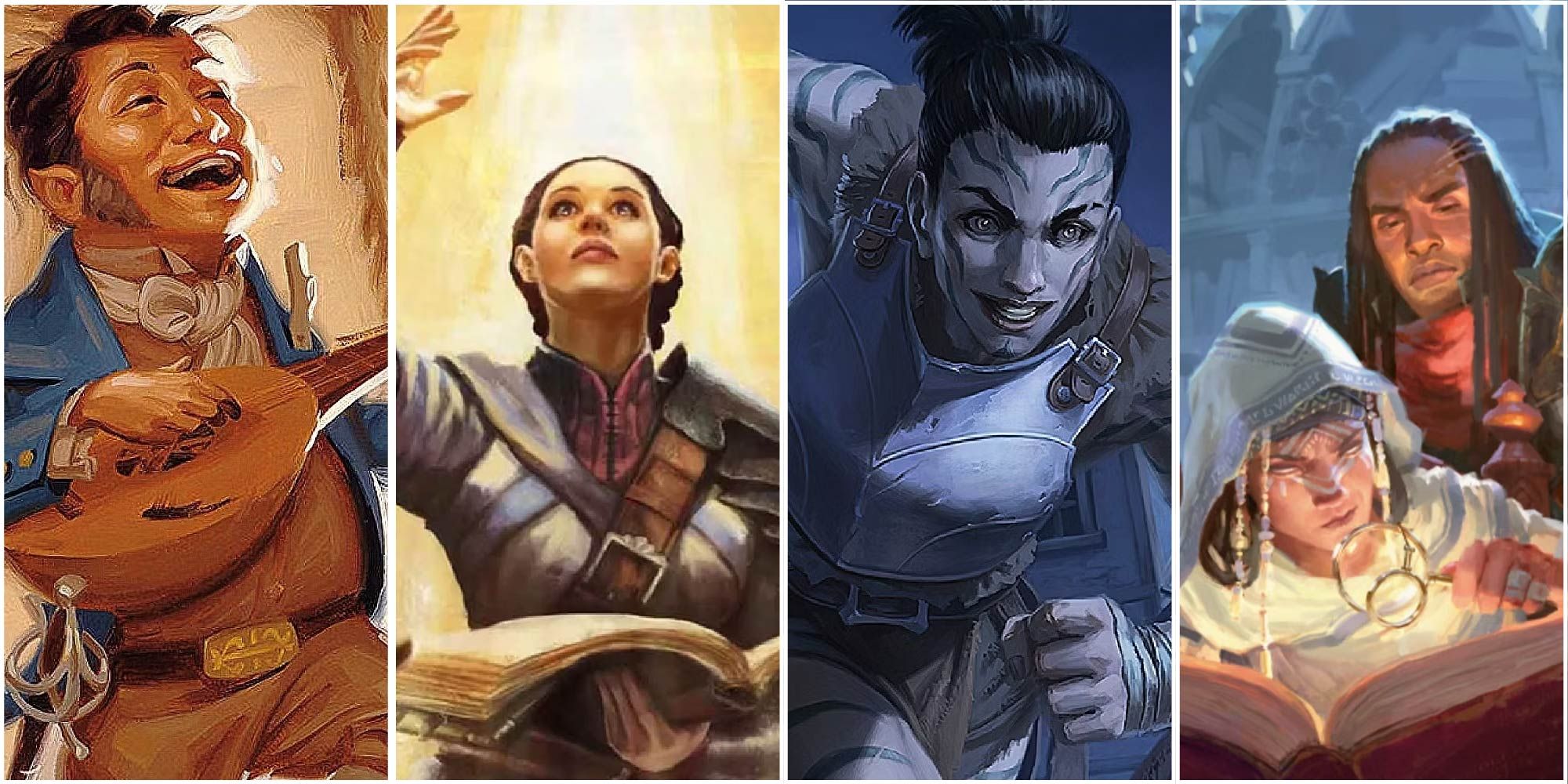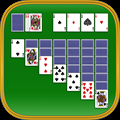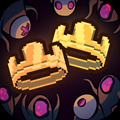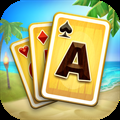Dungeons & Dragons: 12 Literary Archetypes For A Character

Whether you are a player or a DM from Dungeons & Dragons, everyone has to create characters in this game. Multiple, in fact, because NPCs are a thing. There are various approaches to creating a character; You can start with their appearance, mechanical capabilities, the story you want to tell, etc.
RELATED: Dungeons & Dragons: Classic Side Quests
Focusing on story writing can be a powerful piece in D&D. To help you design a character, you can use the same trick used in books; take famous character archetypes from literature to help you design your character. Just keep in mind that a character can (and should) have more than one archetype, otherwise, they may turn bland.
12 The Hero
Legion Loyalty by Aaron J. RileyOne that can be very useful for creating a PC is the hero archetype. It's the stereotypical character who wants to be strong and worthy of greatness and use that to help people however they can. Perfect for a good-alignment adventurer. It's also very fitting for characters who stay on the frontline, protecting others in the process, such as a Fighter, Barbarian, or Paladin. Still, DMs can use this for NPC allies, or perhaps a misguided hero as an enemy who firmly believes what they're doing is right.
11 The Innocent
Halfling art via Wizards of the Coast.This would be someone who has a very black-and-white view of the world and wants to make sure everything they do is the "right" thing. It can mesh pretty well with the hero to make a beginner adventurer who hasn't seen how cruel the world can be yet. They can seem boring at first, but having this character face their beliefs by seeing how gray the world can be is a great role-playing opportunity. Healers can fit well here, such as Clerics, Bards, or Druids, as well as pacifist characters.
10 The Caregiver
Perfect for NPCs, especially parent figures, this is a character who focuses on taking care of others or someone in specific. Not just protecting in combat, but also ensuring the ones they care for are well and happy. Still, this is a good quality for a tank character, or you can even create a character that works as a father/mother figure for the party. Just be careful; protecting others means throwing yourself in danger for them, which increases your chances of dying to protect someone else.
9 The Everyman
The Nightsea's Succor via Wizards of the Coast.
A person who's searching for a place to belong. Someone who wants to be part of the collective, to be like everybody else, and doesn't want to be left out or stand out. This can be very efficient for a character who is lost - mentally speaking - and doesn't know where they belong. Any class could play a character like this since being an adventurer is more than enough, but you could try classes that use religion, as it is often something people look for when they're lost.
8 The Explorer
Mazzy, Truesword Paladin by Justyna GilAlso ideal for any adventurer, this is someone who wants to see the world and break the monotony of a simple life. Rangers and Rogues can fit well here, for instance, though they are not the only options. As long as the character doesn't fall into any routine, they're good to go. They search for fulfillment in life, but what that actually is, well, it's up to you. Still, it's a good way to start a journey and mix with other archetypes.
7 The Rebel
Fleeing Escapees In The Night by Brian ValezaDid someone ask for an Edge Lord? Though you don't need to be so dark, rebels are characters who fight against a system that can go from a revenge quest against a powerful villain to a literal rebel fighting against an oppressive system (that can also have a powerful villain).
RELATED: Dungeons & Dragons: Tips For Playing A Lone Wolf Character
Rogues are a common combination here, but with the true story, you can make any character shine here An Oath of Vengeance Paladin could be fun here, too.
6 The Lover
Strixhaven: A Curriculum of Chaos art by Caroline GaribaDespite the name, you don't (necessarily) need to be in something romantic. The lover is someone who fears being alone and works around their relationships with other people. Their loved ones motivate them to be who they want or need to be. This one can work beautifully in a TTRPG since the whole point of the game is to work in a group, and they even make fun villains who lost someone they loved. Combine this one with Caregiver, and you have an amazing character archetype. Just be careful not to sacrifice yourself here. Or do sacrifice yourself; it's in character.
5 The Artist
Tavern Bard by Rob ReyAh, the perfectionist. Someone who deeply cares for their craft and wants their vision of the world to be spread. This would work well for NPCs, but a player can make an interesting Bard or even an Artificer here. Still, NPCs who focus on any type of craft can be a wonderful fit. From a shopkeeper to even a BBEG with a twisted vision of the world who seeks to make it real, no matter the cost.
4 The Jester
Firbolg Flutist by Joseph WestonLo and Behold, the comic relief. Your goal would simply be to lighten everyone's mood and make the world a happier place, one smile at a time. Still, beware of joke characters. Creating a character for a one-time joke will make them bland after the joke is done. Don't forget that a comical relief character still needs character development - Sokka from the Last Airbender is a great example. Bards are a notorious choice, but any class that fits your type of humor can do wonders here.
3 The Sage
Candlekeep Mystery by Clint CearleyThe name implies classes with magic, and for good reason. Knowledge seekers, sages are the ones who fear ignorance and wish to understand as much of whatever they study as they can. This can also make an interesting villain, even combined with the artist idea.
RELATED: Dungeons & Dragons: Tips To Design Your Own Monster
Still, a Wizard, Warlock, or Sorcerer can make interesting choices, from studying your way into magic to attempting to understand your innate powers or even making pacts to understand the world around you.













